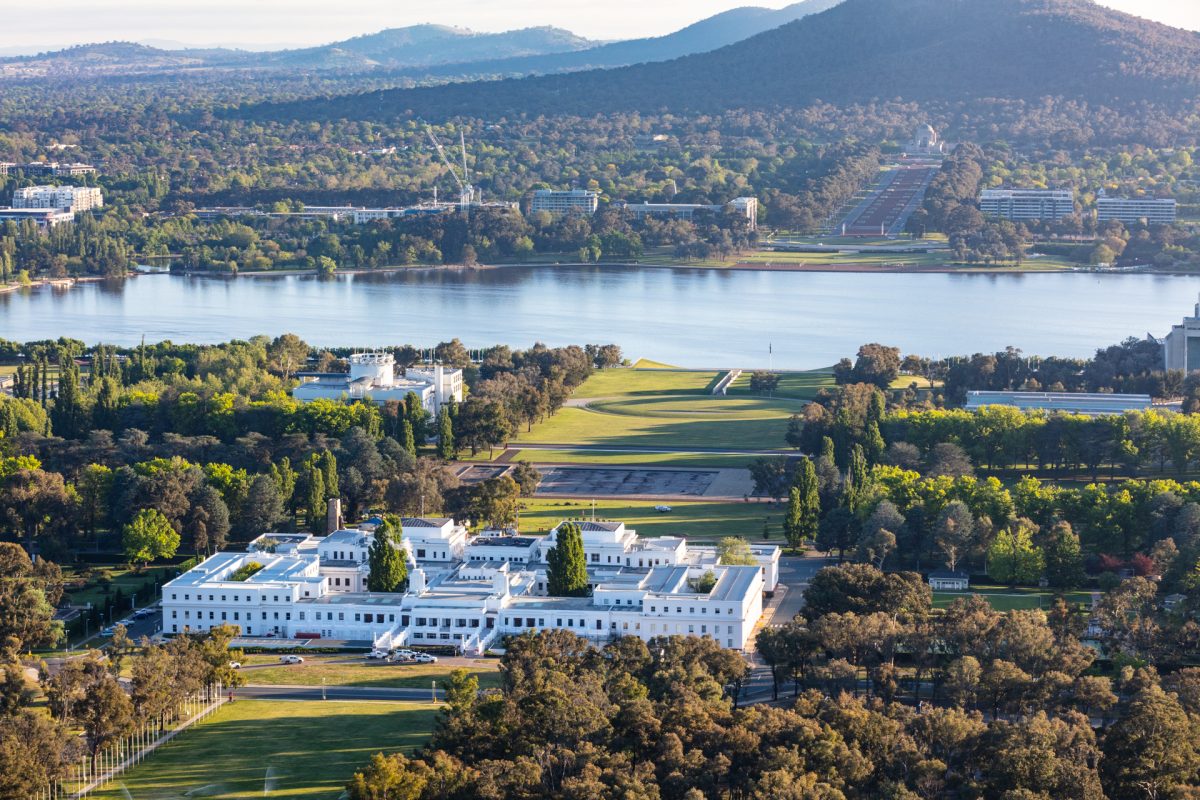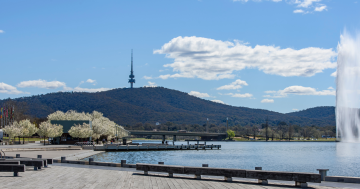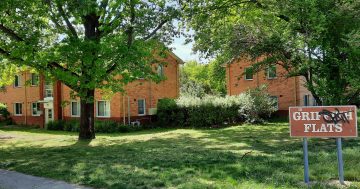
Bush capital and planned city: Canberra’s nomination to the National Heritage List fell short. Photo: Thomas Lucraft.
It is unsurprising that the ACT Government virtually ran dead on the nomination of Canberra to the National Heritage List, given the risks a listing would present to development, public or private.
Federal Environment Minister Sussan Ley’s probable last-gasp rejection of the bid before the election caretaker period exposed divisions in the ACT Government, with Heritage Minister Rebecca Vassarotti expressing her disappointment.
She did not buy the argument that a listing would erect another hurdle to development proposals given the coverage the National Capital Plan, the Territory Plan and the EPBC Act already offered.
But the government wasn’t prepared to risk it.
Ms Vassarotti said the listing would have sent a strong signal to the community about a commitment to value the shape, character and key elements of Canberra while enabling it to evolve as a modern city.
“It was a rare opportunity to make a historical decision to recognise that Canberra has made an extremely valuable contribution to Australia’s planning history and to democracy,” she said.
“It deserves to be recognised as a place that has outstanding heritage value to our nation.”
The National Trust ACT agreed. It called the decision a missed opportunity and an affront to those such as Ed Wensing who put forward the nomination back in 2009.
President Gary Kent said rejecting the nomination because the ACT Government chose not to express a view was unacceptable.
The decision on the Australian Heritage Database said: “The current ACT Government has not provided a clear position either in support of, or opposition to, the place being included in the NHL, despite being asked to do so on numerous occasions.”
Mr Kent said the ACT Government had not participated in the process in a transparent and reasonable manner.
“No wonder many Canberra citizens are cynical about national capital planning processes: we have all been taken for mugs,” he said.
This decision, along with the Commonwealth Heritage listing of Lake Burley Griffin and Adjacent lands, should not have taken more than a decade to arrive.
Advocates deserve to feel aggrieved after the Australian Heritage Council backed the Canberra nomination.
But any observer of planning and development in the ACT, where there are multiple approval layers, will know how difficult it can be to get anything built without objections that sometimes lead, for better or worse, to trench warfare in tribunals and courts.
There is no question that the ACT Government’s fortunes and the ACT’s economy are tied to the sale of land and development, given its tiny revenue base and broad service responsibilities.
The government has also embarked on major urban renewal projects in concert with the development of the light rail network.
Does this mean the Barr Government is willing to trash the ACT’s environmental and heritage values to achieve its goals?
No. As ever, it is a question of balance, but that is something that will differ from person to person.
Would the listing lead to Canberra being frozen in time?
No. But the government would have determined that there was a risk of new heritage fronts being opened in the development skirmishes that are a feature of Canberra’s political and community life.
Sentimentally, of course, the national capital deserves to be recognised, which is probably why the government did not outright oppose the nomination but simply remained ambivalent.
Whatever party runs the place, the ACT’s leaders face the same economic conundrum bequeathed to them by self-government, and the demands of a growing population in need of housing, transport and services.
Our leaders will still need to be held to account and Canberra’s heritage will still need to be protected.





















